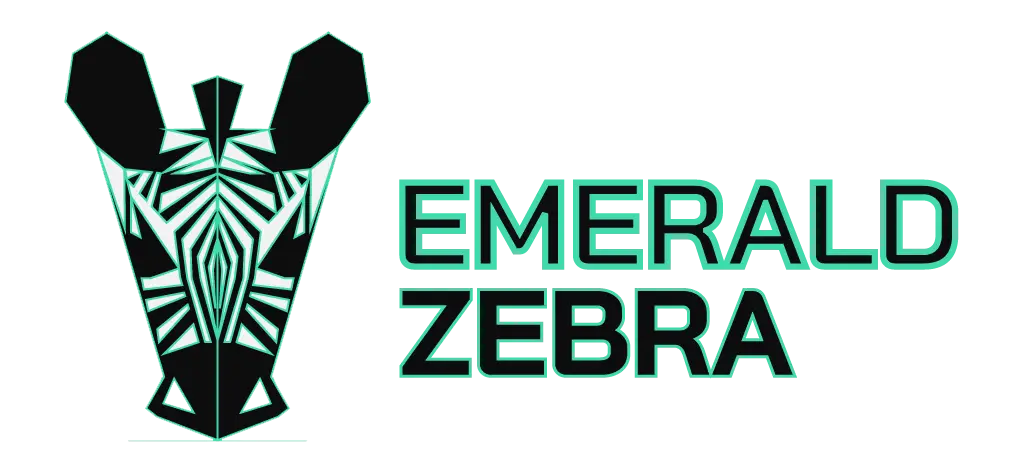Despite positive movement, women in gaming and iGaming continue to face significant challenges that limit both entry into the field and career advancement:
- Workplace Culture and Harassment: A lingering issue is the prevalence of sexist behavior and hostile work environments. Several years after the first major #MeToo-era revelations in gaming, reports in 2023–2025 show that many women still experience harassment, disrespect, or exclusion at work techxplore.com. Fear of retaliation or career damage often keeps these incidents from being reported. The fact that Ubisoft and others are still dealing with misconduct cases in court suggests that toxic culture is not fully rooted out. This atmosphere can deter women from staying in the industry long-term or from pursuing roles in certain male-dominated teams.
- Stereotypes and Bias: There are persistent biases – conscious or not – that affect hiring and promotion. A common refrain from some managers is “there are no female candidates” for technical or senior jobs techxplore.com, reflecting a stereotype that women are not interested or available, which becomes a self-fulfilling prophecy if companies don’t invest in finding and developing female talent. Women often have to prove themselves beyond their male counterparts to be taken seriously in technical fields. Moreover, some women leaders report encountering subordinates who resist female authority (one studio head noted a male employee “had trouble taking orders from a woman”). These biases, alongside the infamous “gamer boy’s club” mentality in parts of the industry, create extra hurdles for women to be accepted as equals.
- Underrepresentation in Technical Education/Pipeline: The root of low numbers in technical roles starts early – women are underrepresented in STEM fields relevant to gaming (computer science, engineering). This pipeline problem means the candidate pool for developer, engineer, or data scientist positions is often male-skewed. While this is a broader societal issue, it acutely impacts the gaming/iGaming sectors, which rely heavily on tech skills. Even as more women gamers emerge and more women enter game design programs now than a decade ago, the spike in demand for tech talent (e.g. with the expansion of iGaming platforms) outpaces the growth of female graduates in these fields. Companies sometimes struggle to recruit women engineers not only due to scarcity but also because the industry’s male-dominated reputation can dissuade qualified women from applying.
- Retention and Advancement (“Glass Ceiling”): Keeping women in the industry and promoting them upward is an ongoing challenge. Many women who start in gaming eventually leave for other sectors, citing factors like lack of work-life balance, few role models, or limited advancement opportunities. The drop-off from entry level to leadership is steep – women might be 30–40% of junior staff but then only ~20% of managers and an even smaller fraction of executives techxplore.com. Barriers to advancement include exclusion from informal networks or mentorship (e.g. the “boys’ club” of senior leaders), and the “confidence gap” – women may be less likely to put themselves forward for promotion without encouragement. As one female executive observed, women often undervalue their abilities and ask for lower salaries than men with the same qualifications soloazar.com. This dynamic can lead to slower career progression and widening pay gaps over time.
- Work-Life Balance and Policies: The gaming industry’s demanding culture – marked by long hours, release “crunches”, or 24/7 service in casinos – can disproportionately impact women, especially those with caregiving responsibilities. If employers lack supportive policies (like flexible hours, remote work options, parental leave), women may find it untenable to stay or return after career breaks. Additionally, since leadership roles often involve irregular hours, travel, or relocation, women (who still often bear more family care duties) can face tough choices that male colleagues might not experience to the same degree. In the past two years, some improvements in flexible work have emerged post-pandemic, but not uniformly across the industry.
- Representation and Perception: Finally, a subtler barrier is the lack of visible representation in certain sub-sectors of gaming. For instance, in esports and competitive gaming, women reportedly make up only about 5% of participants or staff moonshot.news, reinforcing a perception that “women don’t belong here.” In iGaming operations (like sportsbook trading or casino tech teams), women may find themselves as the only female in the room. This tokenism can be isolating and puts extra pressure on women to perform as representatives of their gender. It can also feed a cycle where young women don’t see people like themselves in these jobs and thus hesitate to pursue them. Changing this perception requires not just hiring women, but amplifying their presence and contributions so that diversity becomes self-sustaining.
Addressing these barriers will require concerted effort from all stakeholders – companies, educators, male allies, and the women themselves supporting each other. The next section outlines some emerging best practices aimed at overcoming these challenges.




